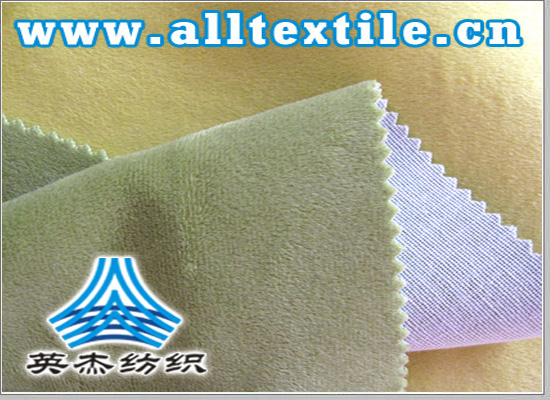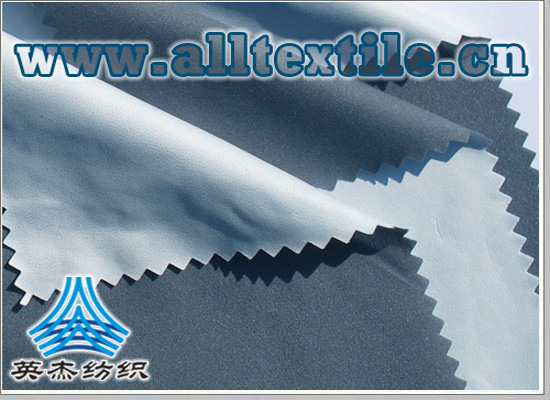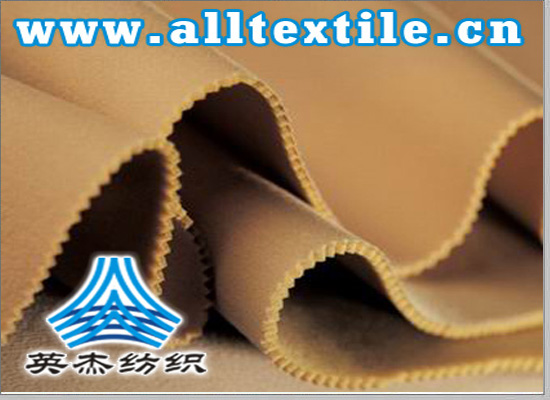Is it just a matter of time before digital printing replaces traditional printing?
In recent years, digital printing technology has become increasingly mature, and digital printing output has also increased significantly. The development of digital printing technology has been rapid, and speed is no longer the bottleneck of digital printing. Now digital printing has gradually entered the growth stage. However, printing speed is only one of the growth factors, and there are still many related problems that need to be solved.
Many people say that it is only a matter of time before digital printing replaces traditional printing. Is this really the case? This issue specially invites two experts from Taiwan’s Yongguang Group – Chen Xiaoshan and Chen Wenzheng to discuss the current problems and trends in the development of digital printing.

The industry has always said that digital printing is a new technology and has significant advantages. What is the biggest difference between digital printing and traditional printing? What technical advantages does it have?
Chen Xiaoshan: Traditional textile printing uses screens to overprint colors one after another. The more colors, the more screens are needed, and the corresponding operation becomes more complicated. But even if there are multiple screens, the printing you see is The graphics are still quite monotonous, and it is impossible to see color gradients, high-resolution landscape images, and the true skin color of the characters. In addition to the complexity of printing technology and printing effects, the printing production process is lengthy, taking more than 4 months from production to sales, of which the screen printing process takes 1 to 2 months. It requires more manpower, time and energy. Cleaning the screen and equipment after production also consumes a lot of water. If the screen is not used, it becomes waste. This production method has a great impact on the environment and ecology and is not clean. production requirements.
Digital printing technology breaks through the bottleneck of textile printing. Through the combination of image processing software, printing machine, printing ink and printing substrate processing, digitally stored real images or patterns can be directly printed on fabrics. The diversity of pattern designs and color changes are widely used in fashion design and fashion apparel industries. It is especially suitable for small-volume, diverse and customized production processes, which can significantly reduce the cost of screen printing operations by 50% and the schedule by 60%. It also greatly shortens the overall production schedule and responds quickly to customer needs. At the same time, it reduces the wastewater output caused by screen cleaning in the printing process, saving 80% of chemicals and waste, which meets the needs of clean production. Digital textile printing technology makes the dyeing and finishing industry more technological, environmentally friendly, faster, and more efficient. More diverse.
What is the international application of digital printing technology?
Chen Xiaoshan: Digital printing products now account for more than 30% of the total domestic printing volume in Italy. The growth rate of digital printing depends on the industrial structure and cost. Italy is a popular market oriented by printing design. It is the largest manufacturer of high-end printed textiles in the world. Partly from Italy.
As far as the cost of Italian printing production is concerned, the cost of producing a small batch of 400 meters is nearly two euros per square meter, while the production cost of the same batch of products in Turkey and China is less than one euro; if it is a small batch of 800 to 1,200 meters, It is also nearly 1 euro per square meter. This cost difference makes digital printing become mainstream, so digital printing can meet its market demand.
In addition, in terms of cost structure, traditional printing requires screen preparation in small batch production, which makes the initial cost of traditional printing relatively high. However, as the cost of printing increases, the cost of mass production is relatively low.
For digital printing, the main cost comes from the nozzle and ink. Regardless of large or small batch production costs are similar. As long as the printing speed is fast enough, the management cost will be relatively low. This is also the development concept of high-speed machines by equipment manufacturers.
Statistics show that global traditional printing is mainly concentrated in Asia, including China, Southeast Asia and India, accounting for 66% of the total printing volume. China accounts for nearly 30% of global production in traditional printing, but digital printing accounts for less than 1% of domestic printing volume, so there is huge room for growth.

Nozzles and inks are very important for digital printing. What is the importance of ink?
If the nozzle is the engine of digital printing, and the ink is the fuel of digital printing, even a good equipment system cannot operate without fuel. If the ink quality is good, the wear on the nozzle will be relatively reduced, and the service life of the nozzle will naturally be extended; if the ink quality is poor, it will not only damage the nozzle, but even cause printing to stop.
The composition of ink includes colorants, moisturizers, surfactants, bactericides and other additives. Colorants are the key to achieving printing colors. With good colorants, ink quality is half the success, and the other half depends on the solvent. Formula combinations to improve printability.

Yongguang has been developing digital textile printing inks for more than 10 years. Through technology establishment, product verification, customer testing and product promotion, and formula adjustments in conjunction with nozzle updates, it has successfully developed reactive color R series and acid color A series products. .
Yongguang’s development strategy in digital textile printing is to follow the development of nozzle technology and customer needs.Continuously launch products that meet market demand.
Digital printing has been developing in China for some years. Although it is widely praised, it has not replaced traditional printing methods so far. What do you think is the current development bottleneck of digital printing?
Digital printing is an integrated technology that requires the coordination of nozzles, printing equipment, inks, printing software, and fabric pre- and post-processing. For nozzles and printing equipment, the current warranty period for industrial nozzles is generally half a year to one year. For the printing industry, the driving engine (nozzle) is a consumable and the cost is considerable. Equipment designed to use multiple nozzles also There are potential risks. If one of the nozzles in one of the nozzles has a problem during the printing process, it will cause losses. In addition, industrial nozzle manufacturers now hope to extract nozzle warranty costs from equipment manufacturers and ink manufacturers, which also increases the cost of ink. Consumable costs.
Secondly, for ink manufacturers, due to the continuous introduction of new nozzles and the application of different fabrics, it is necessary to develop special inks suitable for various nozzles and various fabrics. However, most of today’s ink colors are derived from existing traditional colors. , may not meet the needs; in addition, the product must also consider diversification and coloring, which makes it more complex and difficult for end users.
The third is software. Today’s software is too expensive for most end users, and the coloring curves need to be re-created for different printing equipment, inks and fabrics, which is more complicated than traditional printing.
Finally, there is fabric processing. Digital printing is different from ordinary paper printing. It requires pre- and post-processing of fabrics to make the fabric colorable. Although fabric pre- and post-processing is no stranger to traditional printing factories, it is key to digital printing. Only those who can print Only by producing the prints that customers need can they show their value. If there are problems in the pre-processing and steaming stages, all previous efforts will be wasted.
Because traditional printing manufacturers are not yet familiar with digital printing technology, the thinking of workers converting from traditional to digital must also change, including operating methods and environmental control. In addition to equipment, ink, software and fabric processing, the most important key is to have talents who are familiar with operating the equipment and familiar with pre- and post-processing. It has only been 15 years since digital printing began to be promoted in the market, and it will only take 2 to 3 years before it can be industrialized. How to train personnel who are familiar with jet printing and printing technology is the most critical. Only with more and more talents training and investment, This industry will have the opportunity to flourish, but it will take a long time to achieve. Digital printing is a new process that integrates multiple technologies. Most printing manufacturers are not familiar with the equipment, so at this stage, most of the integration is still done by equipment manufacturers. However, equipment manufacturers hope to provide a turnkey package that includes equipment, software and ink. This is something that printing factories do not want to see, and it also limits the development of digital printing. Therefore, differences in concepts and technical limitations create bottlenecks that prevent digital printing from flourishing.
What is the future development trend of digital printing?
In today’s textile printing, popular elements are changing rapidly, requiring more designs, order sizes are getting shorter and shorter, designs are becoming more and more complex, fastness requirements are higher, environmental awareness is increasing, color variation tolerance and fabric specification requirements are trending. strict. To this end, digital printing must meet the above-mentioned relevant needs. In the future, more nozzle and equipment manufacturers, ink vendors, software vendors and printing manufacturers will invest.
The reliability and durability of printheads are the focus of development for printhead manufacturers, because the average service life of printheads now does not exceed one year, which means the production cost is quite high for printing. Therefore, in addition to increasing the number of nozzles, the design of new printheads also Designed towards internal circulation and repairability, it is expected to extend the service life of the nozzle.
Equipment manufacturers will also start by improving the stability and ease of operation of equipment. The form of bundling ink with equipment will be broken. Equipment integrators will slowly move forward in the direction of providing equipment and maintenance services in the future.
Ink manufacturers, in addition to continuing to develop more types of ink products, need to develop ink products that improve colorability and are suitable for various fabrics. Ink costs will gradually decrease due to market growth. In the future, more software vendors will develop easier-to-use software for equipment vendors and printing factories to use.
Printing manufacturers need to continue to cultivate talents and let operating personnel strive to improve their professional skills in digital printing and learn the ability to independently control digital printing equipment and inks. Only in this way can digital printing technology develop faster and better.






